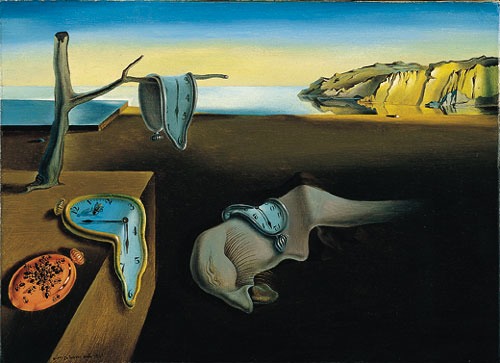Why is the future different than the past? What accounts for the persistence of memory? The microscopic laws of physics are time reversible, a fact which is closely associated with the conservation of energy, a deep universal law. Yet we observe a real difference between the past, which stretches back to the Big Bang, and the future which seems as-yet unformed, subject to change and even free will. Why?
Part of the physical explanation of this The Arrow of Time comes from the distinction between macrostates and microstates. Macroscopic systems involve a lot of fundamental particles and have new properties like temperature that individual particles do not. The 19th century science of steam engines, thermodynamics, plus the modern theory of statistical mechanics, worked out by James Clerk Maxwell, J. Willard Gibbs and Ludwig Boltzmann, explains the difference statistically. The motion of complex systems might reverse, but it is extremely unlikely. This is encoded in the Second Law of Thermodynamics, which states that Entropy in a closed system must always increase or stay constant. The three laws of thermodynamics were memorably recited in a song by Flanders and Swan. C. P. Snow also chimed in regarding the Second Law and the Two Cultures.
The Arrow of Time also has cosmological, psychological and quantum mechanical manifestations. But even if we manage to figure out why time has a direction, we are still left with the problem of explaining the Present. The current moment of time, although fleeting, seems different than either the past or the future. This appears to be a problem for which physics has no explanation at all, as it seems to involve the nature of consciousness etc. Consciousness is perhaps the greatest mystery of emergence.
Tablet notes: [ Lec 17 ]
